Hey Bartender
As a novice bartender I find that martini etiquette can be quite confusing, perhaps because the traditional martini and the present-day fad are different. I understand not shaking clear martinis, and I also do not add vermouth to vodka. I suppose I would like to hear your take on what to shake, and how to interpret customers. Also, do you shake Manhattans or stir them? From your article I was not sure of your take on them…
Thanks,
Hillary
Hey Hillary
The rule is that clear drinks should never be shaken – the thinking here is that since a clear drink is made from such delicate ingredients (traditionally aromatic liquors such as gins, fortified wines such as vermouths, aromatic bitters, etc.), the additional water that comes from shaking a drink would be an unwelcome component. And that definitely goes for the Manhattan as well.
I’m sure you know that using a chilled glass is going to keep the drink colder for longer (there’s nothing quite like pouring a cold drink in a warm glass), but the choice of container you use to mix the drink is just as important. Make sure to use a metal cocktail shaker rather than a glass, as metal is a better conductor of heat than glass is, and therefore draws heats from its surface and chills your drink better. Silver will get a drink colder than stainless steel will, and glass just acts as an insulator. The bummer is that silver shakers are difficult to come by these days.
As an aside, please note that it’s not possible to “bruise” gin. This is just a bullshit myth perpetuated by Martini “connoisseurs” who want to impress you with their “knowledge” and “sophistication”. It’s a meaningless term, trust me. However, they’re right about not shaking a martini – they just don’t get why.
As far as proportions are concerned, I personally love the flavor of vermouth. I know that’s not really a popular sentiment these days, but I’ve found that most martini drinkers have confused a hatred of vermouth for sophistication. Vermouth is a wonderful thing (sweet vermouth: oh-my-god), especially when we’re talking about high-quality vermouths. I tend to make my Martinis with less vermouth than I do my Manhattans: 4-to-1 gin to vermouth for a Martini, and 3-to-1 vermouth to bourbon/rye for a Manhattan.
It is impossible to guess a customer’s preference for gin versus vodka, vermouth versus none, bitters versus none, etc., so I recommend asking what your customer wants in their cocktail to ensure you give them the exact drink they’re looking for.
Even if it is a shaken vodka “martini” with no vermouth.
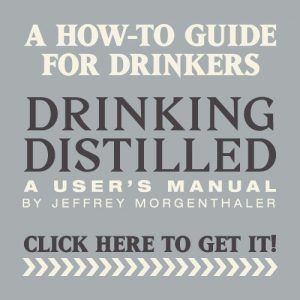

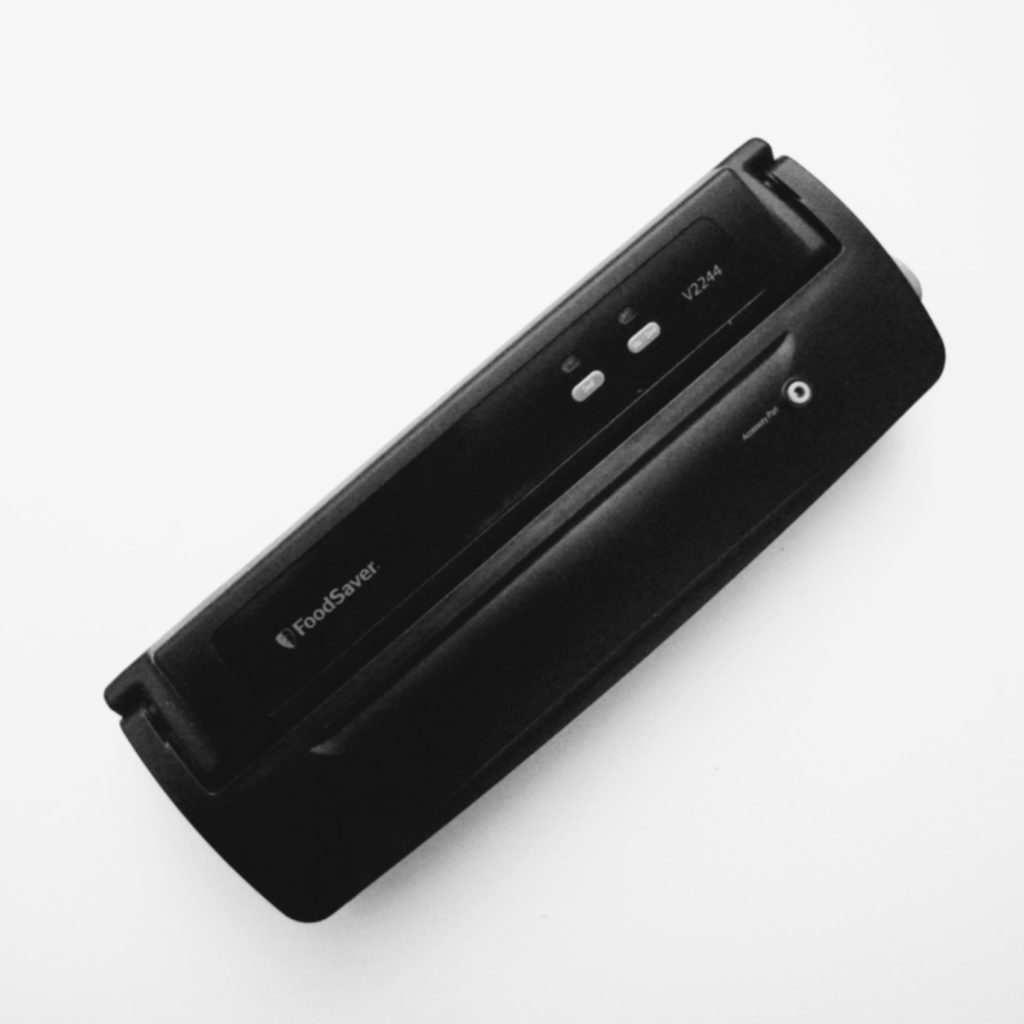
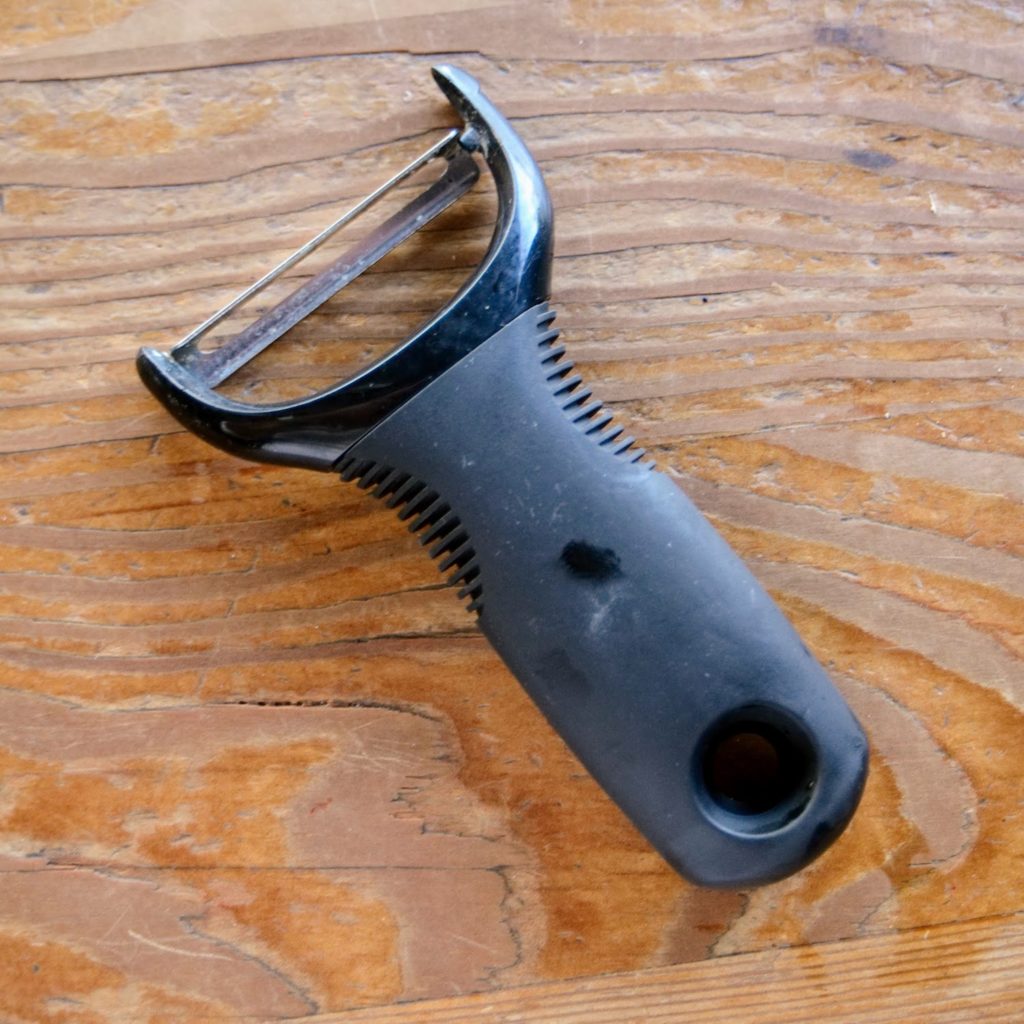
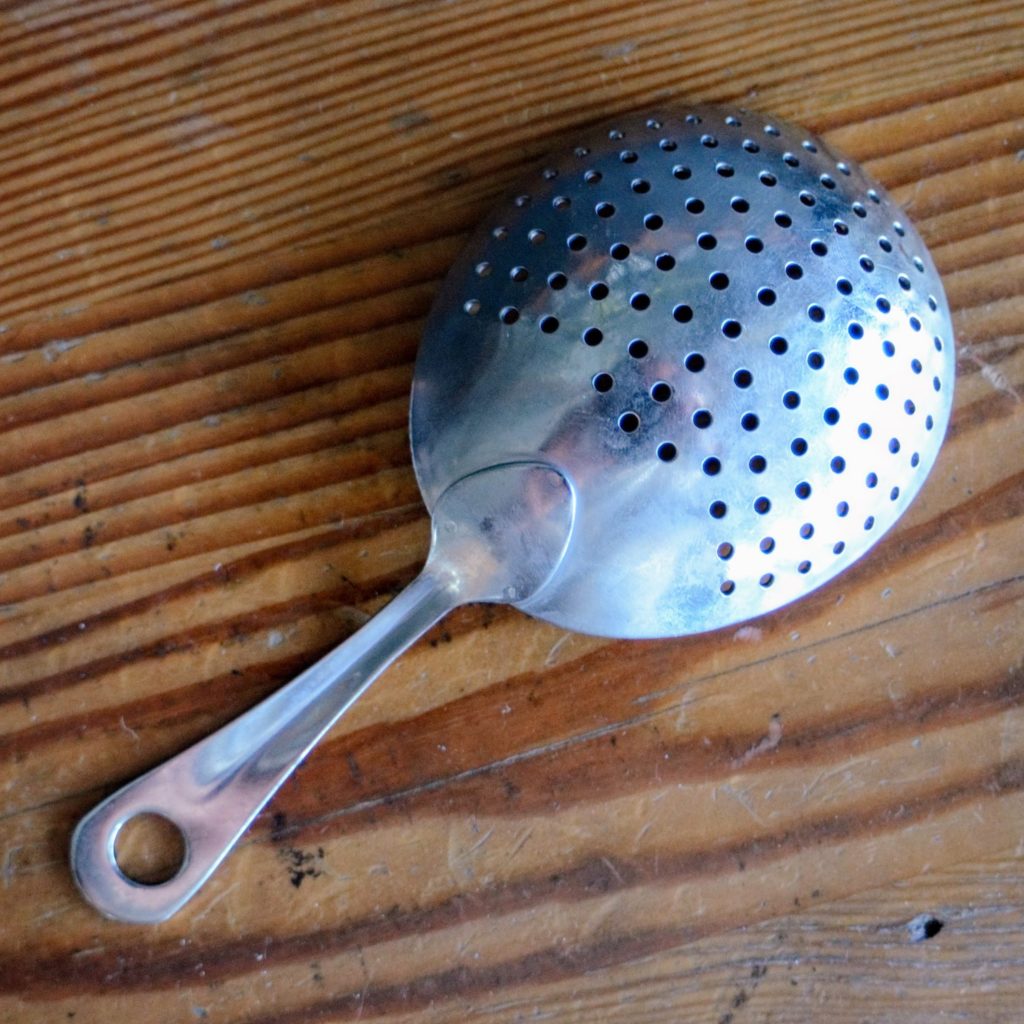
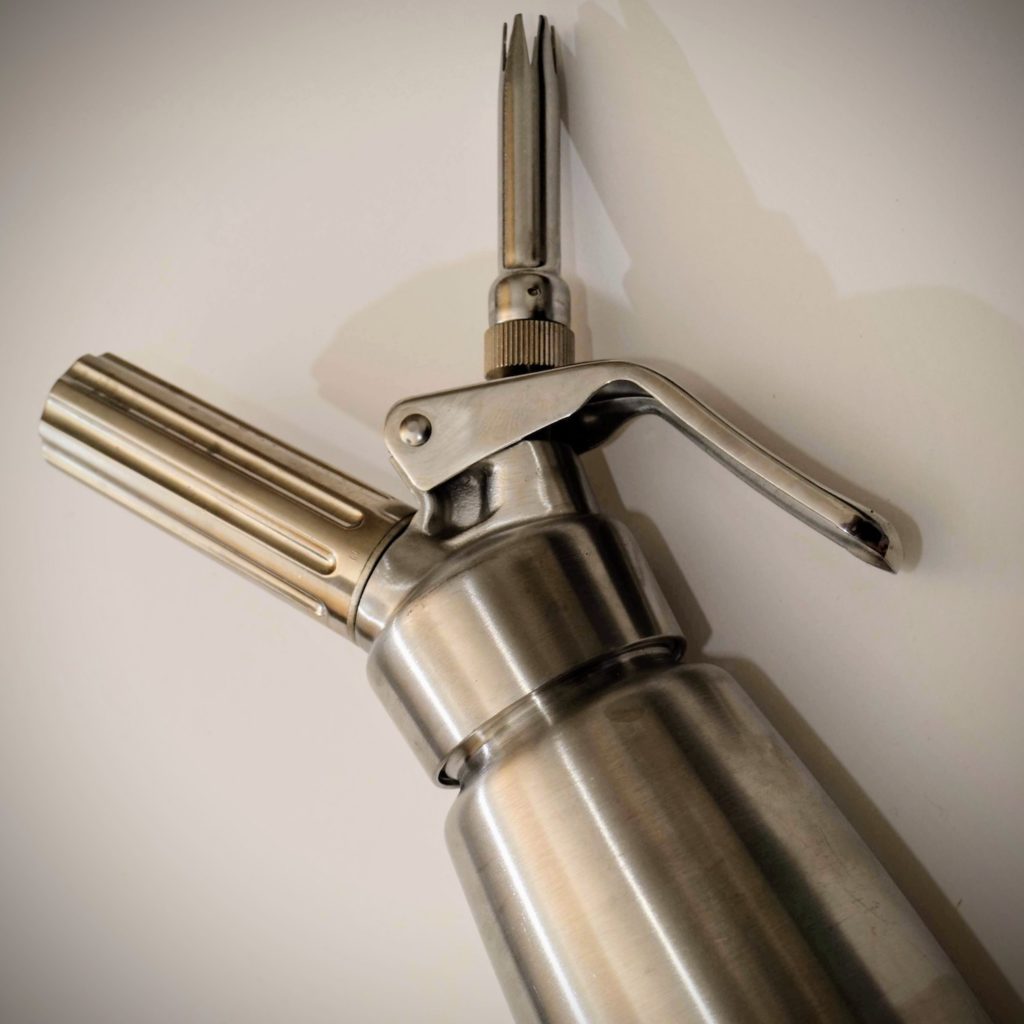
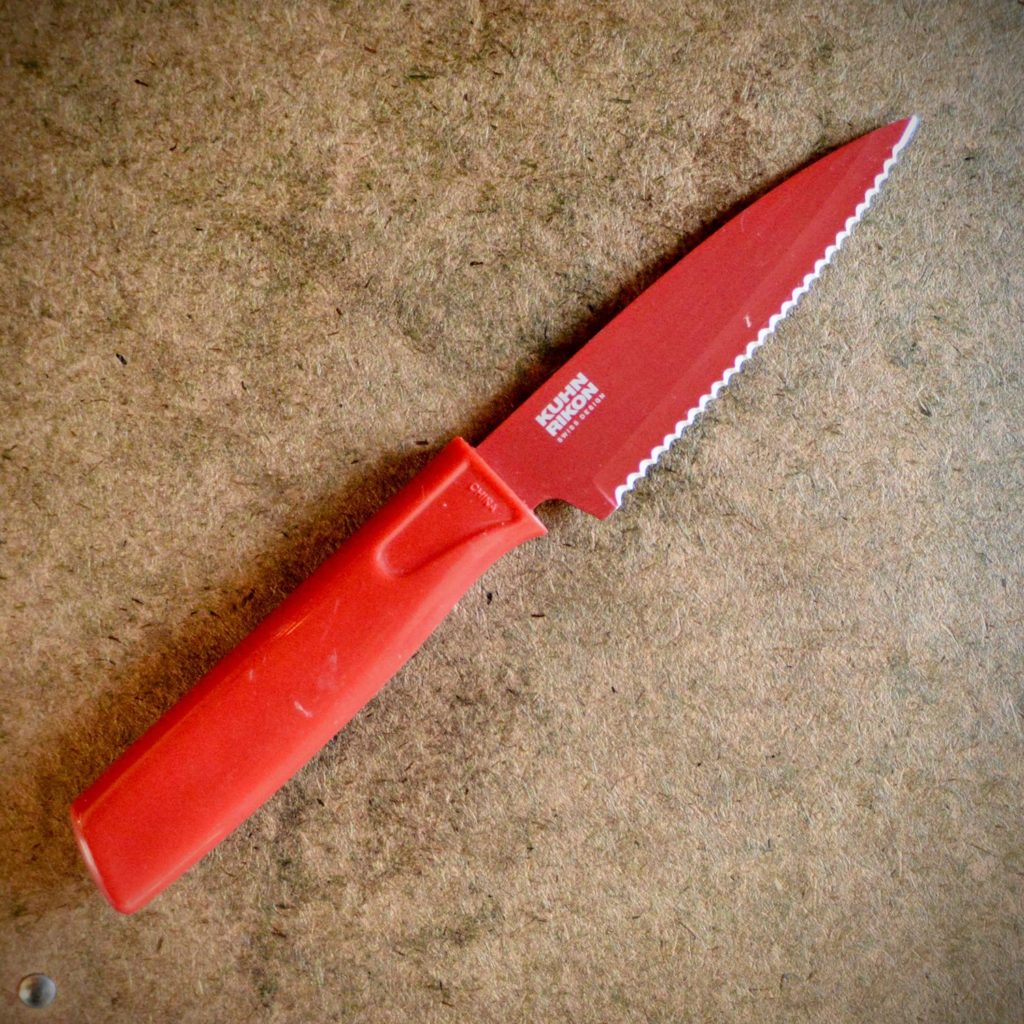
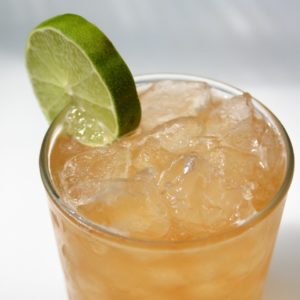
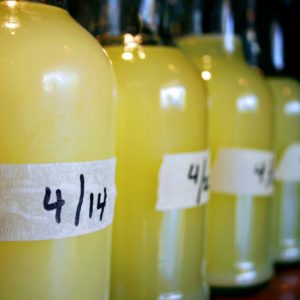
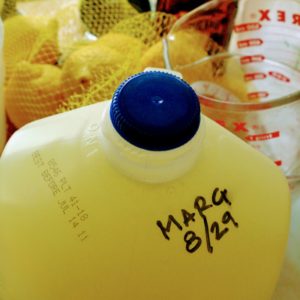

Also to Prufrock. You and the old guy are correct. Vermouth takes the hot or the crude edge away. It is essential as a smoothing agent. No vermouth no Marty. Call it something else. If you’re a lush looking for a double say extra dry. Shame on me. Shouldn’t have said that.
It means don’t destroy the carefully chosen essential botanicals. Shaking incorporates air which dilutes the nose or aroma. It’s not BS young Jedis. But after one or two doubles who can tell? Botanicals separate gins from vodkas. Study the distillation process. This is not a myth. Live long and prosper… Fat Old Guy from Vegas, local 165.
OK, “Don’t bruise the Gin” is an old request. Prior to stainless steel bar spoons were made from iron, steel or silver. If not properly cleaned and dried rust would form on the iron or steel spoons. If the bartender stirred your Gin with a rusty spoon it would cause Gin to discolor and change the taste. Hence the “bruising of the Gin” so shaking the Gin was to prevent bruising. You can beat Gin with a hammer, if it is free of rust and it will not bruise it.
We are pretty much in sync on this subject; I’ve felt like a voice in the wilderness for years making the case for respecting the historical integrity of the Martini, and grind my teeth when having to see a “Martini Menu.”
When I was a lad in the 70s and started bartending, there was a grumpy old guy who came into the bar every day to sip on a Calvert and water, no ice, and smoke some Camels. The bar owner and senior bartenders told me to listen up if he ever gave any advice about the business, as the old guy had spent his work life in Manhattan, working at venues like 21 and the Algonquin. One day, he grunted “Lemme tell ya how to make a Martini.”
Back in the 70s, and through the 80s the funny, cool shit to do was to try to find the way to the driest Martini, so I would do things like use an atomiser, or write “vermouth” in small letters on the bev-nap, or call the guy at the bar on the house phone and whisper “vermouth” into the glass via the phone. Clever, fun, and ultimately the wrong idea. The old guy was right when he said that the Martini is a crafted recipe, and vermouth is an important ingredient. “Any dumbfuck can chill a glass of vodka, but a Martini needs to be well made. Use plenty of vermouth.” I have to agree with everything he told me; I’ve been making his “New York Martini” for over 30 years in places from Beijing to LA to New York to Glasgow to Prague to Istanbul and many points in between, and everywhere I have made it people have said, “This is the best Martini I have ever had.” I owe it to that old dude and that particular afternoon.
I diverge from your point regarding metal vs glass because I believe that one’s hand draws the cold more easily from the metal than from a chilled mixing glass. Meh. Big woop. Stir it. And though I have been curmudgeonly proselytising for years– especially in the 90s– I do say that cocktails are good, and I am happy to make something that is enjoyed, (and reordered especially) no matter what is in it. It IS a business, after all. Just don’t call it a “martini.”
Jeffrey, I really like this site – so much so, that from time to time I start reading it all over again from the beginning. And every time I’m confused by what you say about metal shakers chilling a drink better than glass. That contradicts everything I ever learned about physics. Once you put ice in the shaker, the inside of the shaker will be colder than the outside. Heat cannot be transferred from a cold place to a warm place (at least not in such a simple setup), so there is no way the metal could conduct heat away from the cold cocktail inside the shaker to the warmer surroundings. It will always be the other way around. So in order to really chill a drink as much as possible, shouldn’t one use a shaker which is as little heat-conductive as possible, in order to minimize the amount of energy that will be transferred into the drink?
Hmmm…..
As to the lady with the aged cordials. . . Bottled alcohols will have an indefinite shelf life. Certainly, the Kahlua will be fine.
Baileys can suffer from “curdling” or settling of the cream, which may affect the taste. Try shaking it to restore the cream to an emulsion. None of it can harm you.
As to shaking a Martini. If you want to, well, knock yourself out.
Processes which can affect flavor with shaking include: Induction of more dissolved gasses (from the air) into the mix. Emulsion of the oils in the water. Out gassing of volatile oil flavoring components.
All of these can change the mouth “feel”, and the perceived flavor.
As to whether bar “towels” are bar “rags”. . . I think that is best left to observation, and opinion of the observer.
K.
There is a noticeable difference in mouth feel when you gently stir spirits to proper chill and dilution. This seems to bind the water to the out side of the spirits and causes a rounded out almost oily texture that washes down smooth. When a drink is shaken (it seems to me) the binding molecules are split apart by the water. I don’t know a simple way to describe this to a customer so I find myself using the term” bruised.” However, I will think twice next time I say it.
I have a few irritations to add:
1)Olive brine is not juice.
2)Bar towels are not “rags”.
3) Saying “I don’t know” is better than BS-ing your way through a shift. Don’t make up a fact like Black Maple Hill is aged in maple barrels or Mezcal gets it smokey profile from some super-charring technique used only in “mexican oak” barrels. If you don’t know find out-please don’t lie.
4) Sell vermouth and try a dash of bitters- guide your customer’s taste to sophistication.
My wife saw this on a cooking show and we’ve been at it for three years now: .5l bottles filled with your desired proportion — in the freezer waiting for you next to it’s glass(es). The only problem? Don’t try to enjoy a martini out again, ever. Even the best bartender can’t match what my wife calls “instant” Martinis and Manhattans. And I may be stupid here, but why does stirring leave behind less water than shaking? I always liked the settling bubbles (a la Guinness)in the shaken version. Use different colored bottles for your different gins. Whoever can name their gin gets seconds!
Hi, recently while cleanning out a seldom used closet I found 2 gallon sizes bottles of Baileys Irish Cream with the dates April 95 & April 99 UNOPENED. There was also a bottle April 88 that was open–which I poured down the sink, it did smell ok. Also in that box there is a bottle of Kahlua –OPENED–I can’t find a date but it must be from the same era as the Baileys. My question is —are these bottles ok to drink? Hard to believe these went unnoticed for so long–but they were in a box with several unused comforters on top.Thank you in advance for any help you can give me. Jeanne
I always shake martinis. I don’t believe the “bruising” myth.
What dilutes a martini is adding too little ice to the shaker…
The shaker should be filled to the brim with good quality large cubes…not crappy, watery, melty little shards…
I also prefer a gin martini.
I often confuse bartenders when asking for a “wet” martini…and it usually results in their fucking it up.
Also just as adding an onion turns a “martini” into a “gibson” I think the bartenders of the world should unite and decide that a “dry vodka martini” is just a cold glass of vodka . . . and not a martini at all.
My $0.02.
For me the term “bruising the gin” has less to do with flavor and more with texture. I want a crystal clear pour into my choicest glass with little to NO shards of ice. If I wanted a slurpee then I’d go to 7-11, but for now I want a chilled dry gin martini. Yum.
Well, Chip and Andy, the Bacardi Rum company won a court case in 1936 that stipulated that only Bacardi Rum could be used in the Bacardi Cocktail, so maybe you’re on to something!
But when do you add the sour apple?
OK, bad joke. But many discussions with my work buddies eventually drift to the martini (I work for goverment, we drink a lot). While I prefer my martini at about 5 to 1 with a top-shelf gin, every single one of my work buddies insists that the Martini Fad has been around since the end of prohibition and that the Sour-Apple martini has been around since forever.
Maybe we can get an Act of Congress or a Presidential Decree reclaiming the Martini as a specific recipe and not as a catagory of other drinks and glasses.
Here here! I simply love a good martini (that would be gin) and a good martini is not complete without a portion of quality vermouth (4 to 1 is my preference also).
I’ve read in a couple of places that “bruising” the gin refers to the fact that shaking a martini introduces air bubbles into the cocktail, leaving it temporarily cloudy. While I don’t know if that’s the true origin of the term, I find it interesting that many who naysay the term take it so literally. I’ve read so many comments along the lines of “you can’t bruise gin — it’s liquid, not fruit” and so forth. It is so obviously a metaphorical expression that any attempt to take it literally carries an air of reactionary dismissiveness.
Nice site.
The term ‘bruise the gin’ came about as a sort of joke. Amatuer bartenders will shake the living daylights out of everything in sight, and rather than launch into a long explanation involving liquor, water, ice and ice fragments, the client would simply state that ‘you’ll bruise the gin’.
This worked pretty well until Hollywood came along with James Bond and specified ‘shaken, not stirred’. I object with the old standard about bruises and gin.
You’re quite right about the vermouth. Few people know that good vermouth has a nice flavor to it. The trouble is that the MD 20-20 that passes for vermouth in most bars does nothing to compliment the rocket fuel that passes for gin. Order top shelf or nothing, I say.